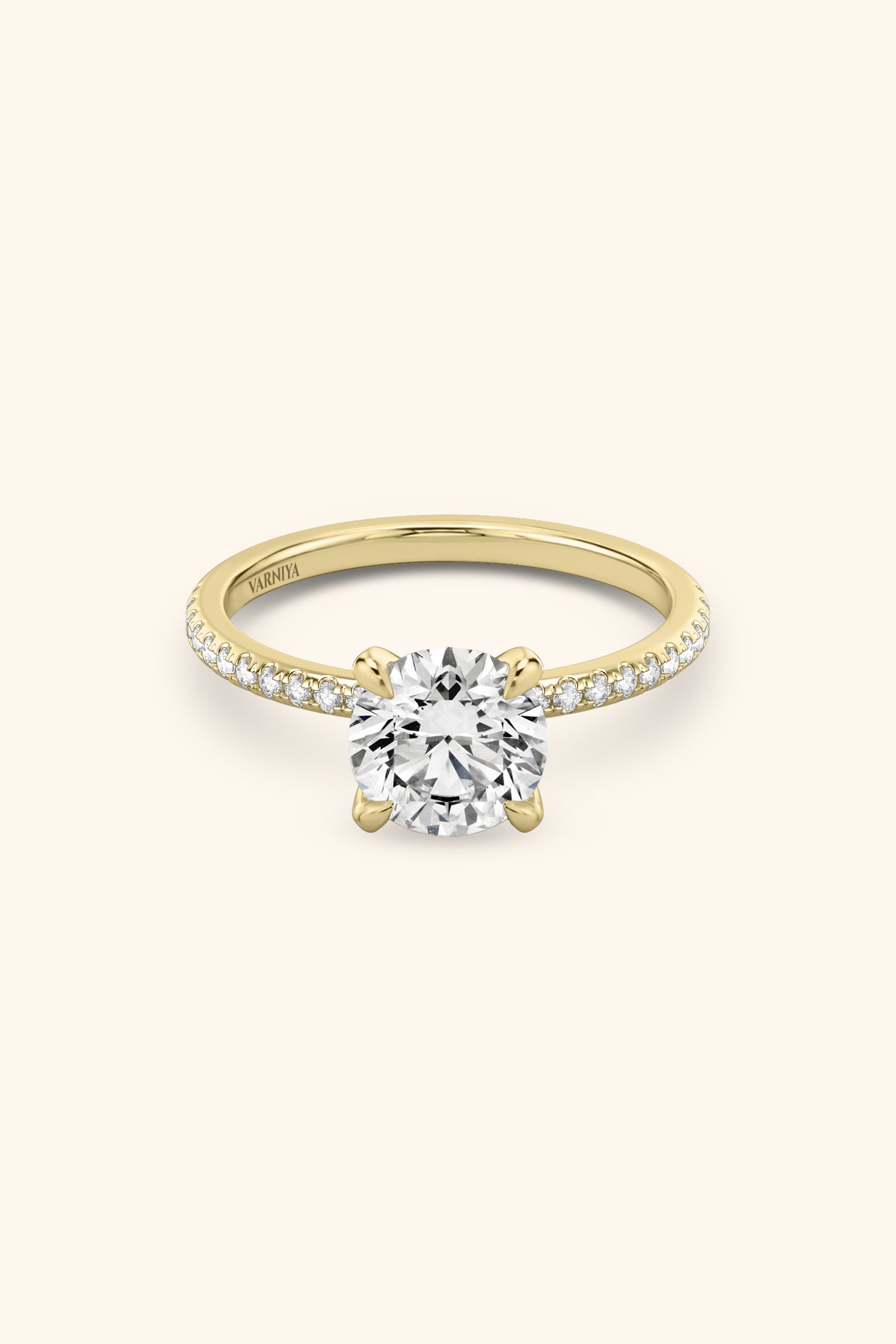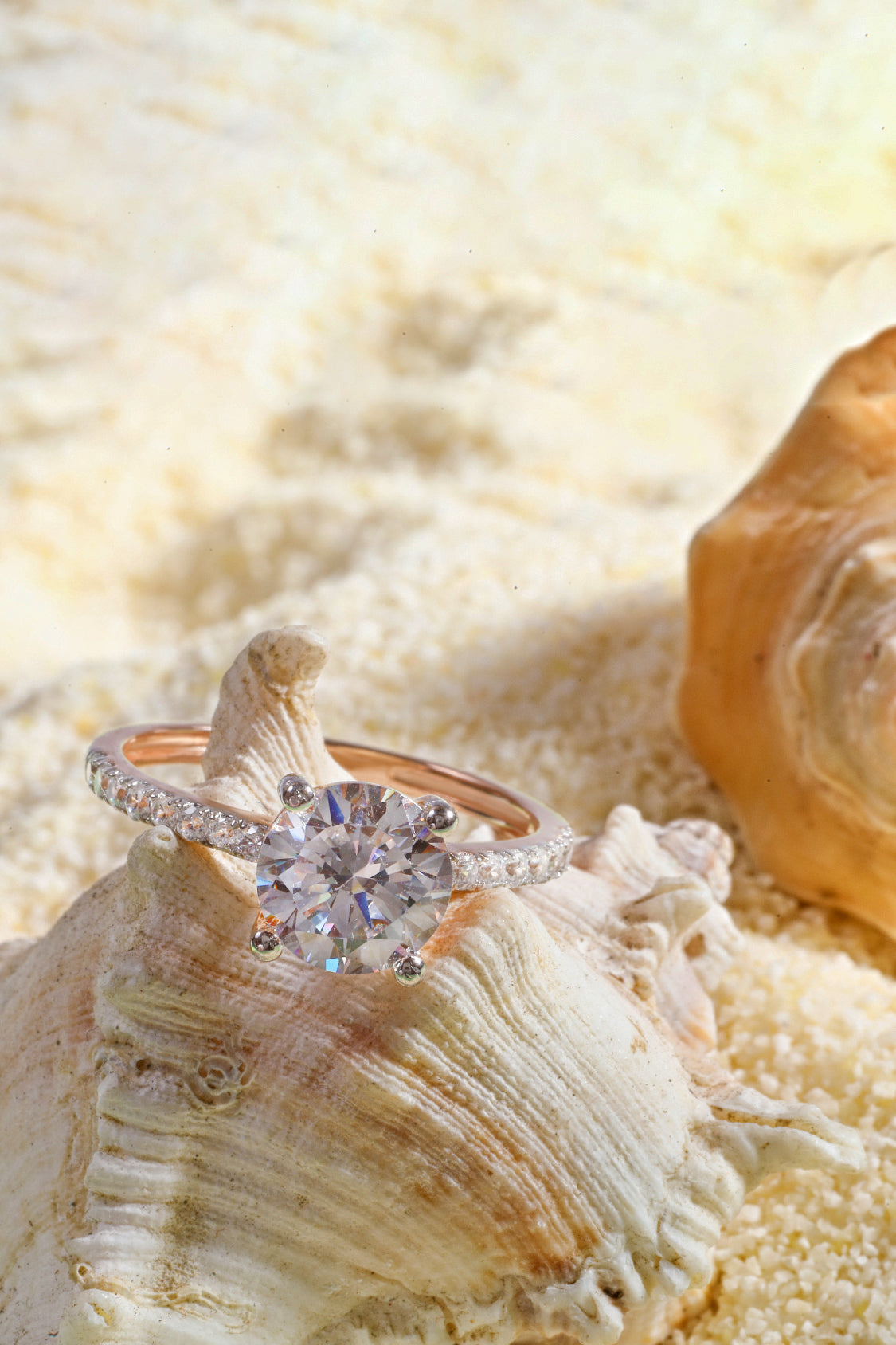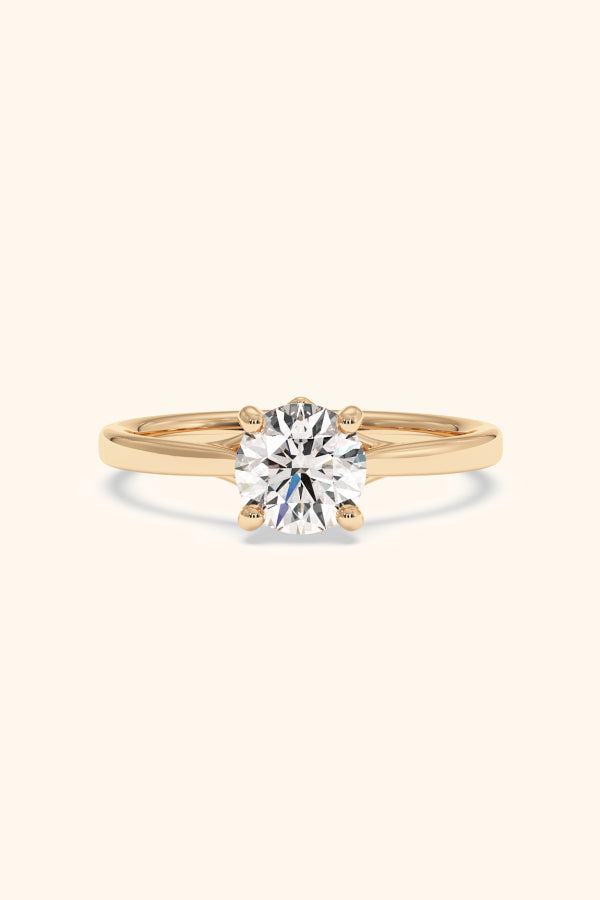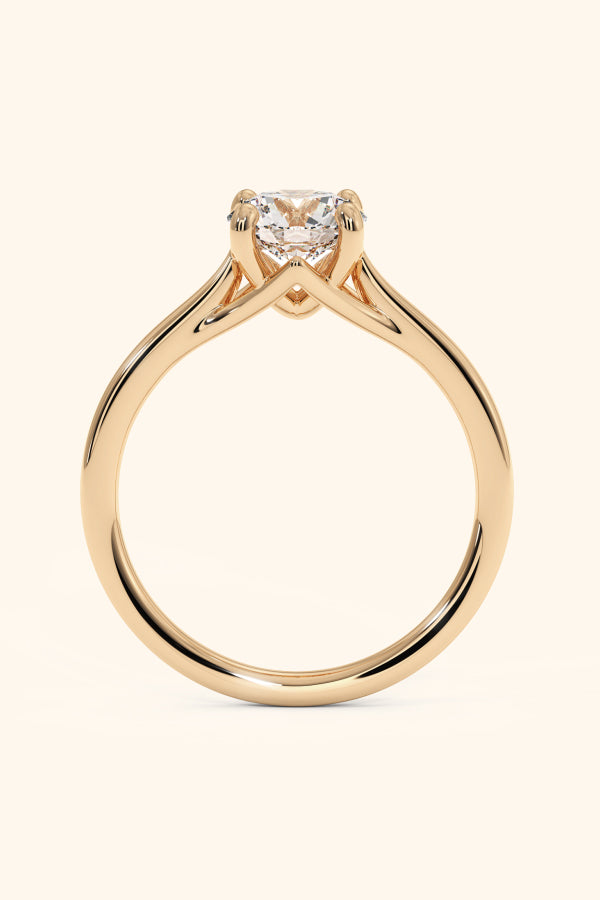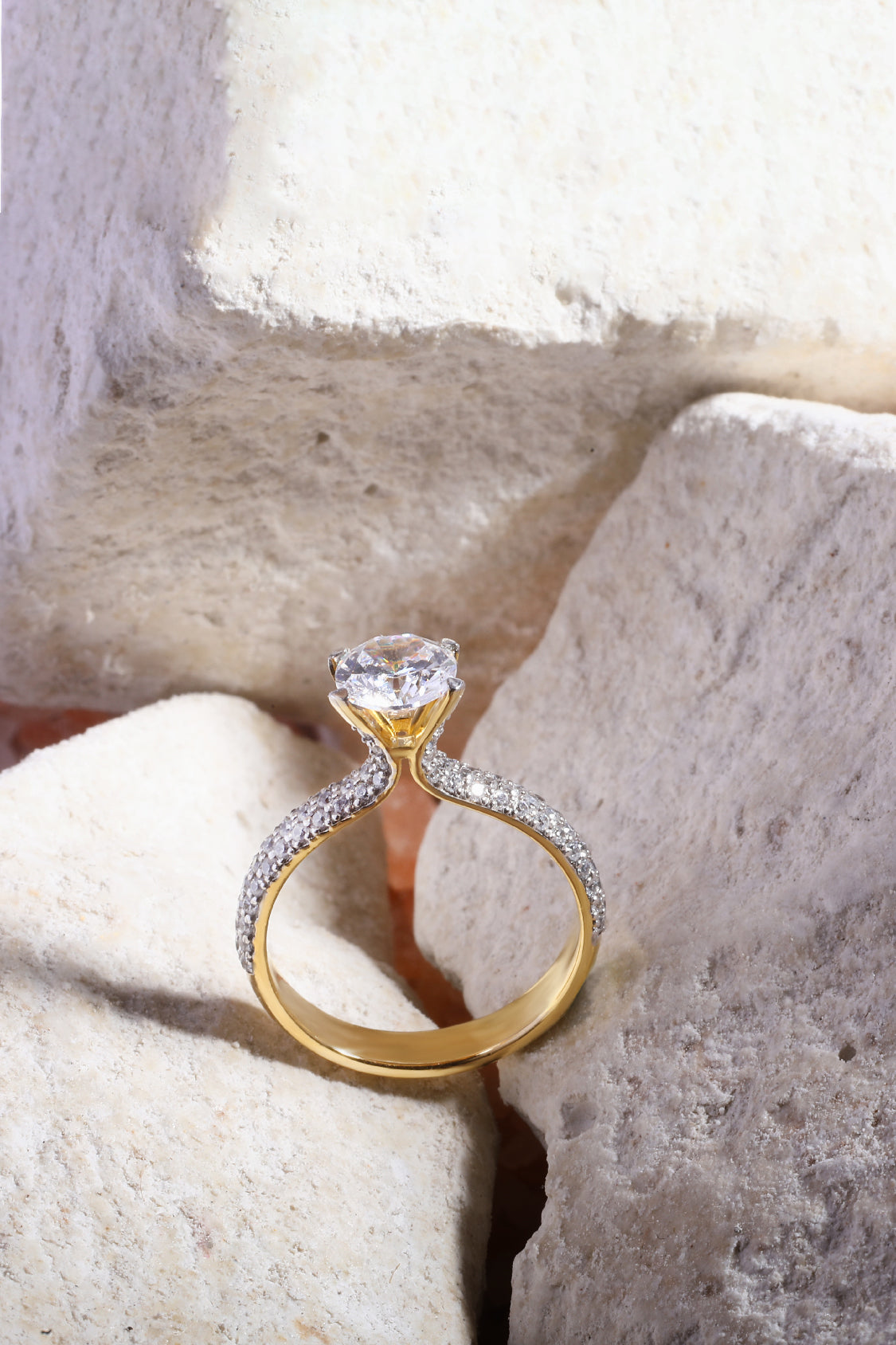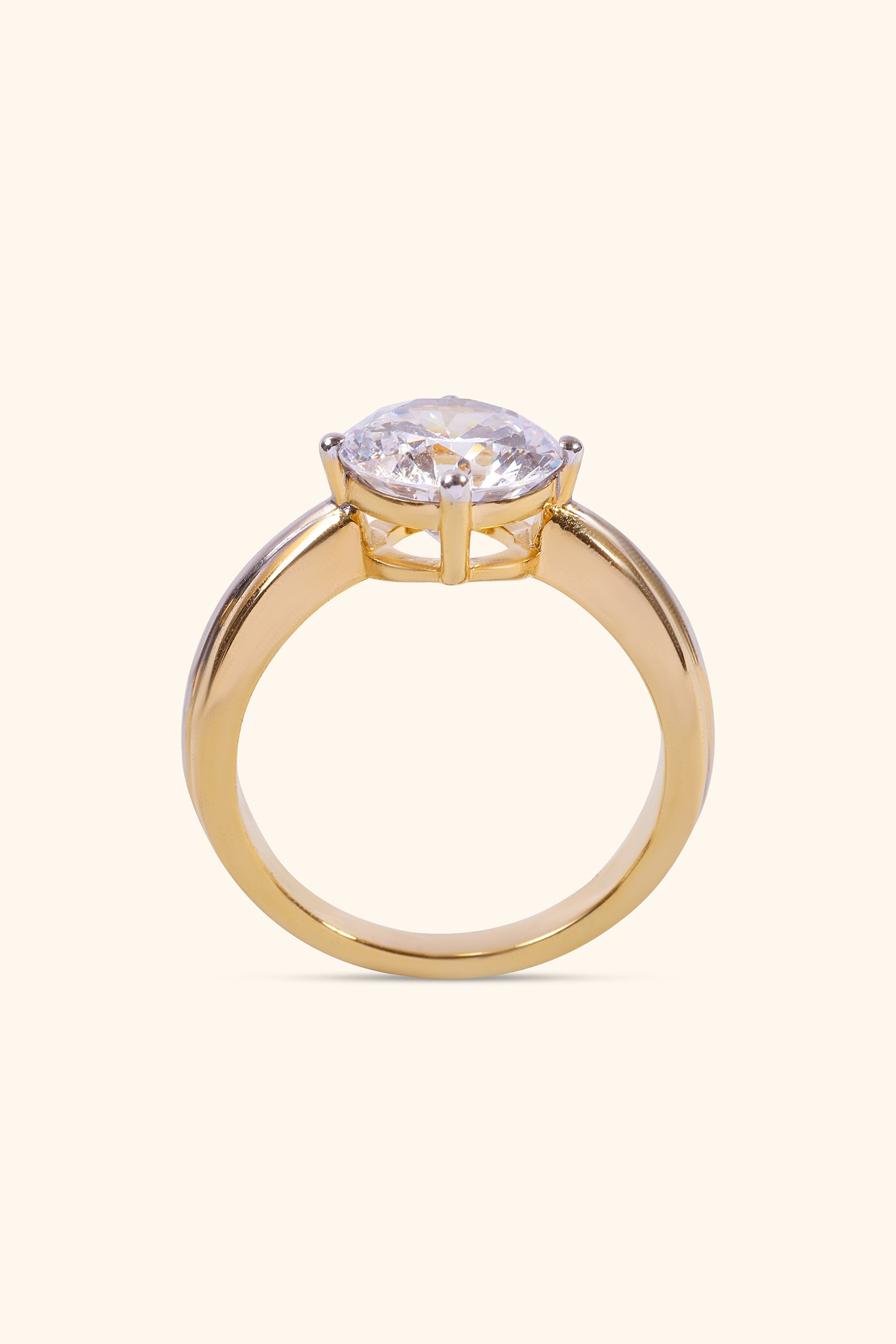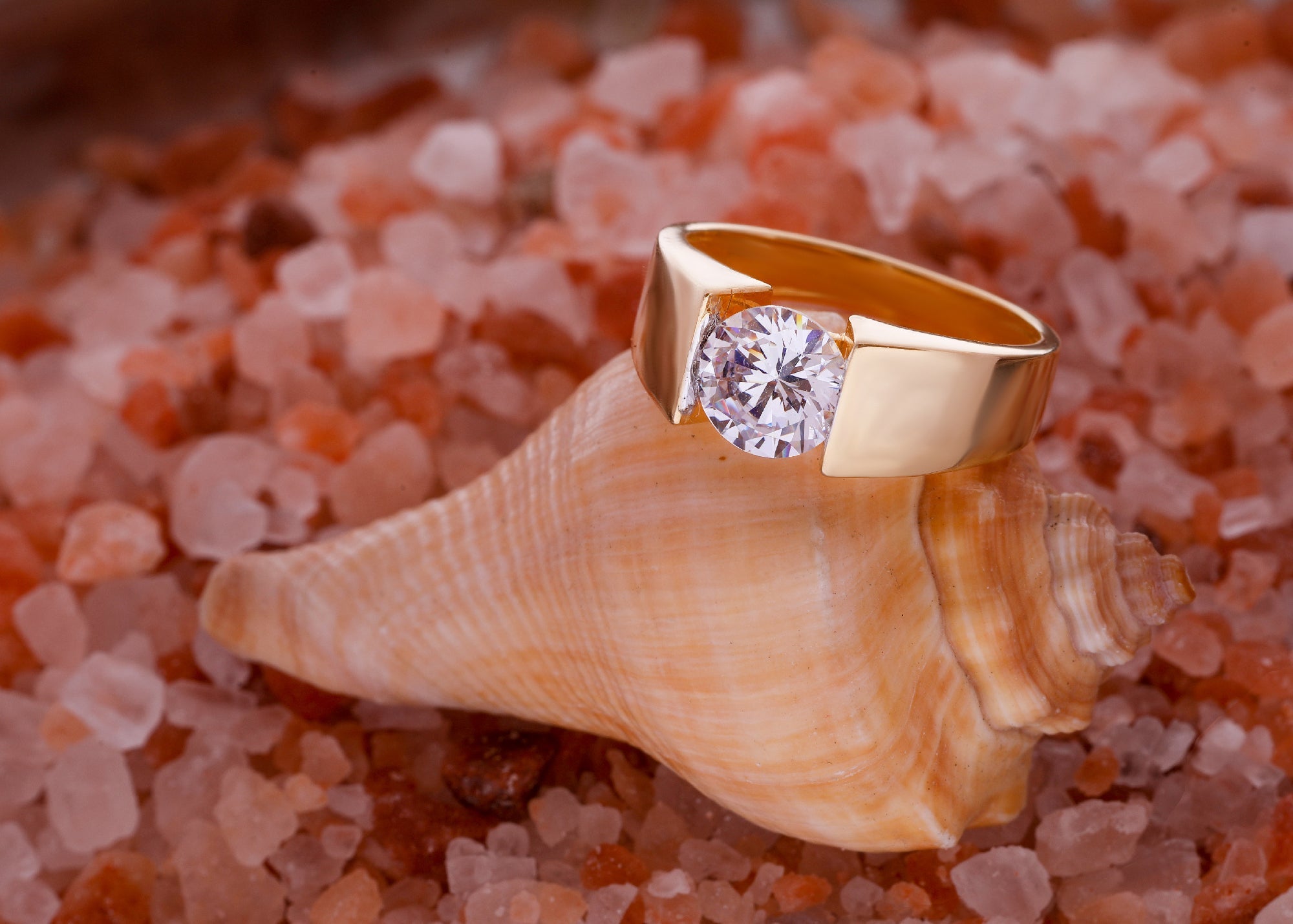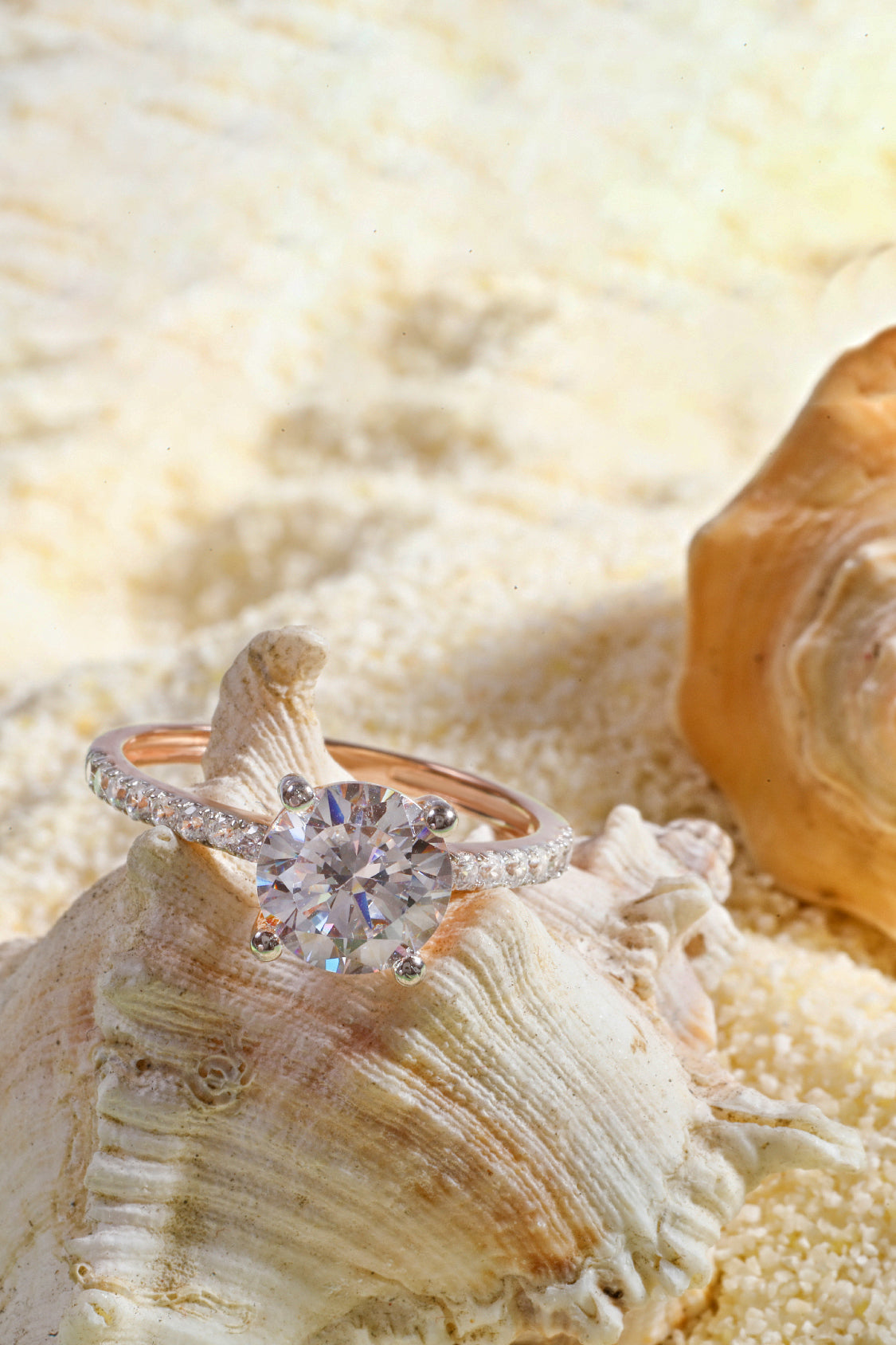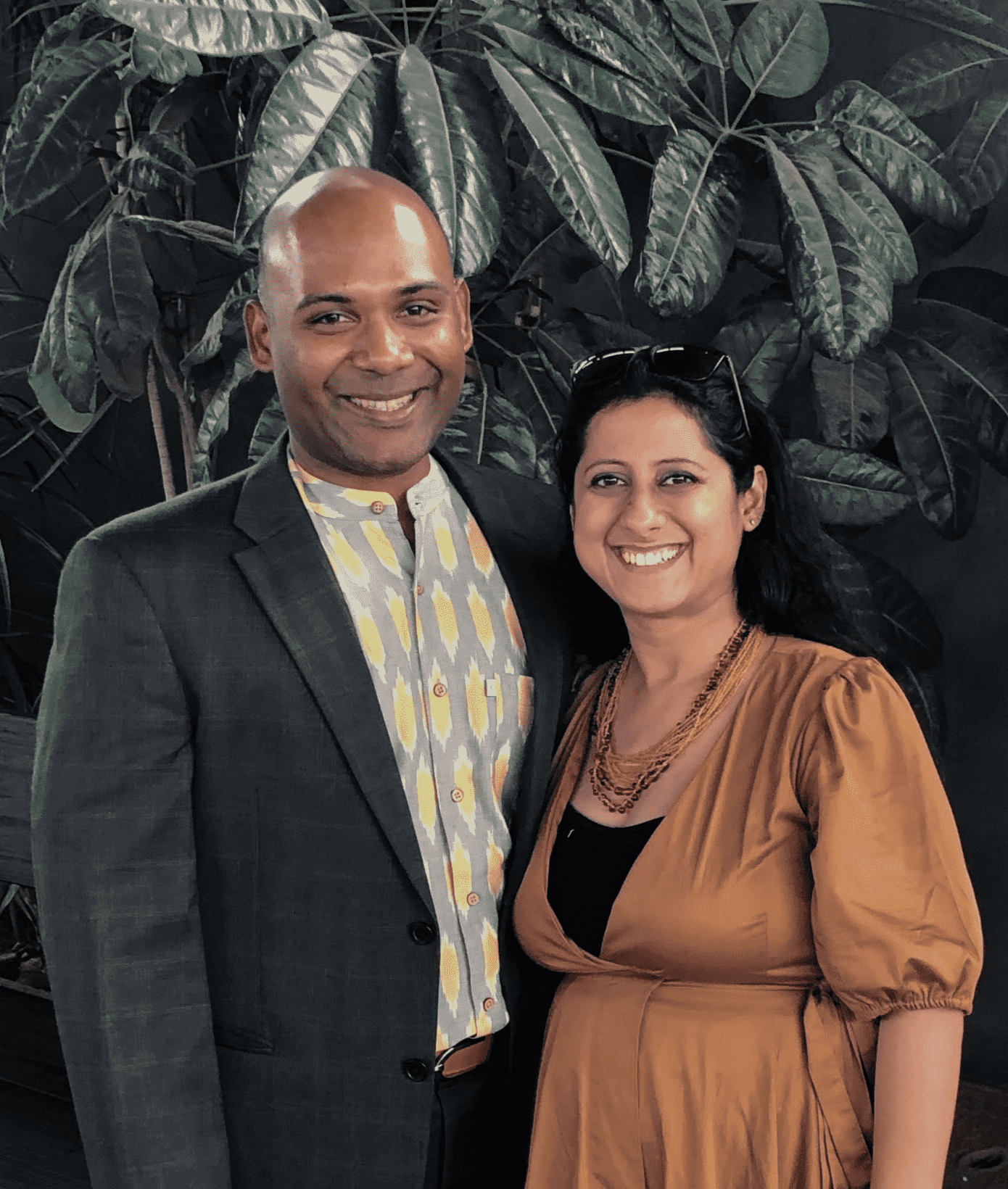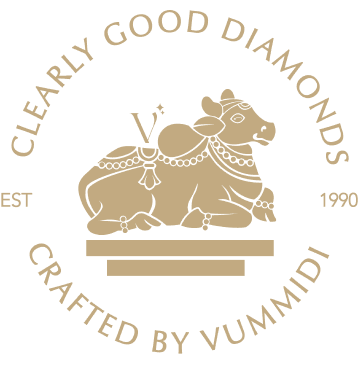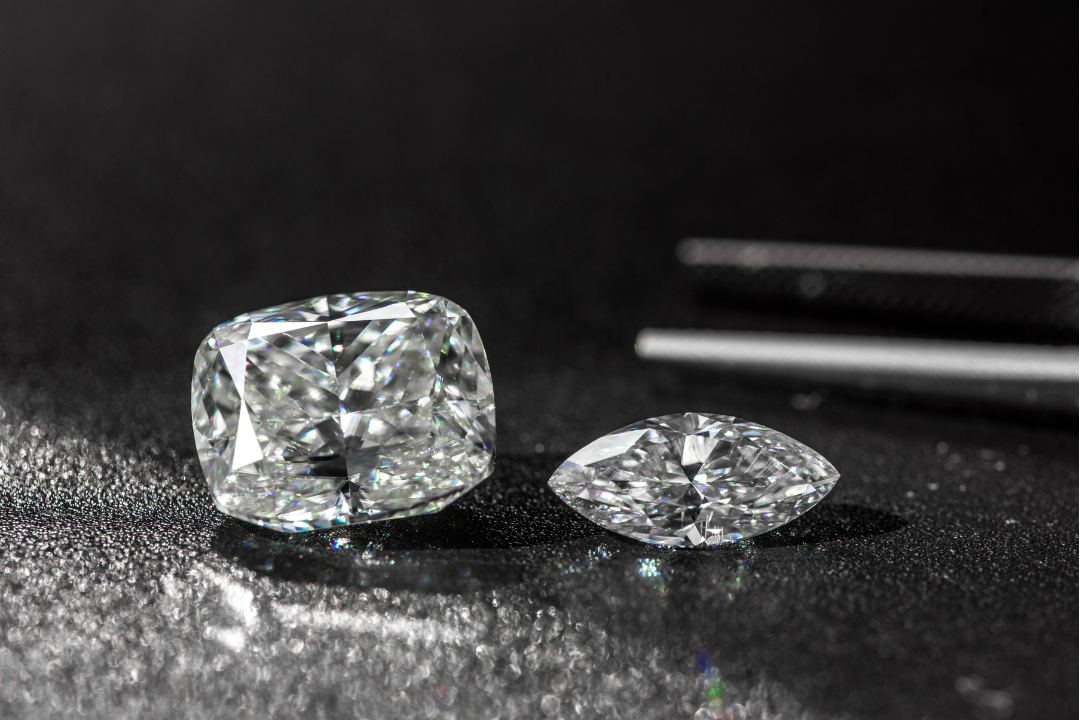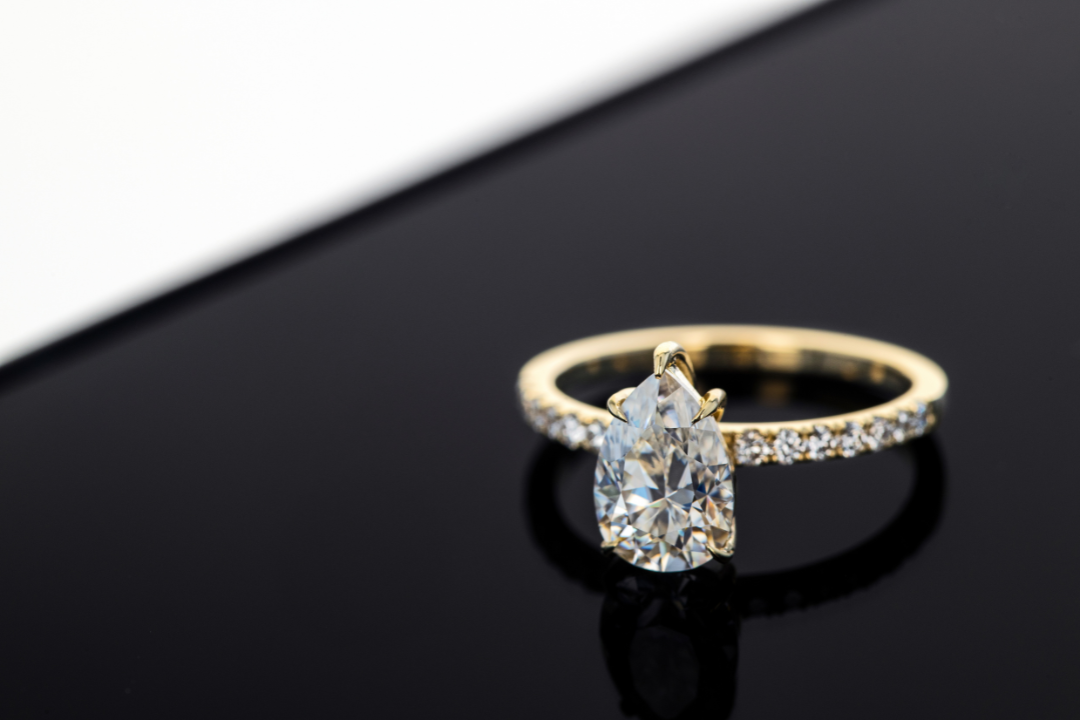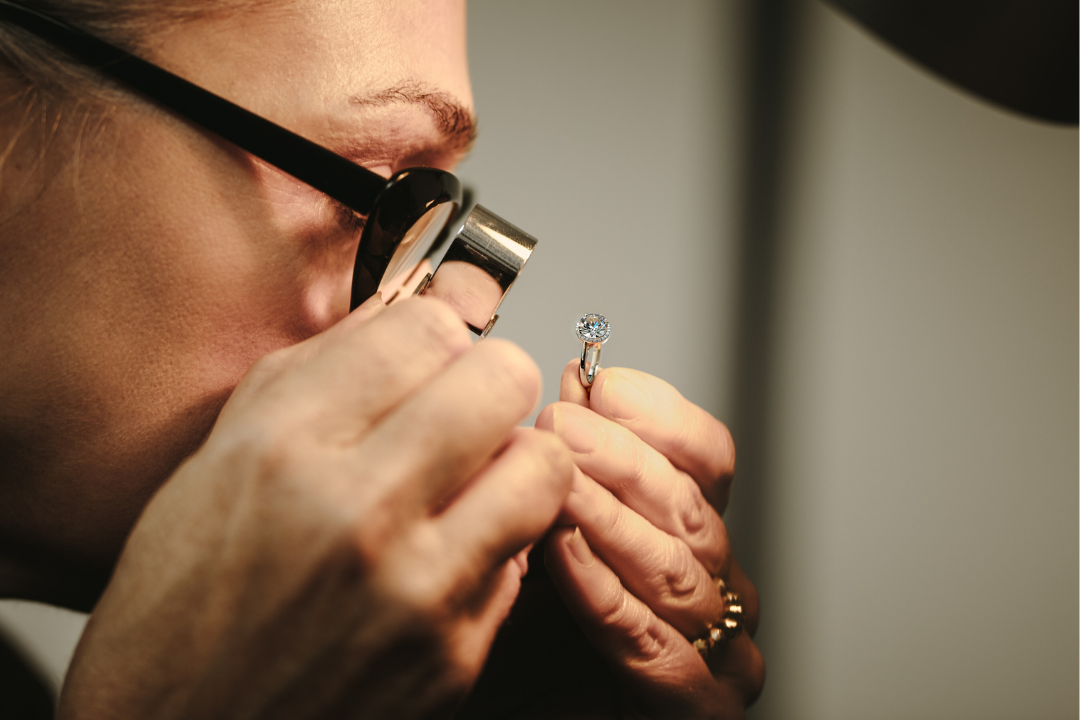
Did I Get Ripped Off Buying Lab Grown Diamond Ring? Expert Tips to Check
Did I Get Ripped Off Buying Lab Grown Diamond Ring? Use this 5-step checklist to find out if your diamond ring was worth the price.
Ever asked yourself, “Did I get ripped off buying lab grown diamond ring?” You’re not alone. With over 70% of Gen Z open to lab grown diamonds (Forbes, 2023), the market’s booming—but so are the scams.
Maybe you skipped the certification, paid too much, or bought from a flashy store without asking the hard questions. From shady sellers to fake certifications and inflated prices, we’ll walk you through how to spot the red flags.
With tips to help you figure out if your diamond ring was worth the price or just dressed up cubic zirconia. Let’s find out, shall we?
Why So Many Buyers Are Concerned About Lab Grown Diamonds
Many first-time buyers feel confused after they shop for a lab grown diamond ring. Why? Because it’s not always clear what you’re really paying for. Unlike natural diamonds, lab created diamonds can vary a lot in quality, clarity, and value—even if they look the same.
Lab-grown diamonds are produced in a controlled setting using advanced technology that replicates natural conditions, leading to these variations.
Additionally, lab-grown diamonds boast exceptional purity and brilliance, which can be superior to natural diamonds. The production time for lab-grown diamonds is significantly shorter compared to the millions of years it takes for natural diamonds to form.
A big issue is certification. Some sellers skip it. But real diamond certification, like from the International Gemological Institute (IGI), proves what your diamond is worth. Without it, you might end up paying more money for a stone that’s not even close to what you expected.
IGI certification ensures that diamonds have been independently evaluated for quality. Diamond certification verifies a diamond's quality based on its 4 Cs: carat, cut, color, and clarity.
Another concern? Fake diamonds like cubic zirconia being sold as “lab grown.” It happens—especially when shopping online. That’s why experts say: “Always compare prices, read reviews, and ask for lab certification.”
Lab-grown diamonds possess the same brilliance as natural diamonds and will sparkle just as brightly, making it essential to verify their authenticity.
So if you’re still asking, “Was my diamond ring really worth the price?”—you’re not being paranoid. You’re being smart. Let’s help you find out.
Spot the Signs: How to Tell If You Overpaid for Your Diamond Ring
1. Your Diamond Has No Independent Certification
Why IGI Certification and Other Diamond Certifications Matter
-
If your diamond doesn’t have a certificate from a trusted lab like the International Gemological Institute (IGI), that’s a red flag.
-
A proper diamond certification tells you the diamond’s carat, clarity, cut, and value. Without it, a seller can charge a premium for a low-grade stone.
💬 “You should never pay high prices without a recognized certificate,” says Mike Fried, CEO of The Diamond Pro.
2. You Paid Top Dollar for a Low-Grade Stone
-
Some lab grown diamonds look shiny in-store—but may lack proper clarity or quality. That means you’re paying more money for less.
-
Use the certificate to check the diamond’s grade, then compare prices from other reputable jewelers or online retailers.
3. You Bought at a High-Pressure Retail Outlet
-
Shopping online gives you time to research. But in mortar stores, pushy sales tactics can lead to quick decisions. If a jeweler rushed you or didn’t explain warranty policies, certification, or give customer testimonials, that’s a concern.
-
Take a step back, look at your paperwork, and get a second opinion. You deserve to feel confident—not confused—after buying your lab created diamond ring.
4. Your Ring Has Hidden Weight or Metal Fillers
-
Did your diamond ring feel heavier than expected? That’s not always a good thing. Some rings use metal fillers to increase the weight—but not the value.
-
It makes you think you're getting more, when you're actually spending more money on a low-quality setting.
-
“Weight doesn’t equal worth,” says GIA-trained gemologist Emma Parker. Always ask for a breakdown of metal type, weight, and whether any parts are hollow or mixed with cheaper materials. If your certification doesn’t mention this, get a second opinion.
5. There Was No Transparent Price Breakdown
-
If your invoice doesn’t list the price of the lab grown diamond, the ring, and the metal separately, that’s a problem.
-
Some jewelers bundle everything, making it harder to compare prices or spot overpriced parts.
Tip: Legit online retailers and reputable jewelers always provide clear pricing, including details about the carat, clarity, and type of diamond certification (like IGI certification). Lab-grown diamonds are also conflict-free and environmentally sustainable, adding to their appeal for conscious buyers.
Many buyers prioritize ethical considerations over resale value. Opting for conflict-free diamonds guarantees that your purchase does not support unethical mining practices.
6. The Appraised Value Is Lower Than What You Paid
-
After buying, did you get your ring appraised? If the appraised value is way below what you paid, you’re right to wonder: “Did I get ripped off buying lab grown diamond ring?” This happens often when the stone is low-grade or uncertified.
-
💬 A 2023 survey by The Knot found 22% of diamond buyers later discovered a mismatch between price paid and appraised value. Don’t panic—check your paperwork, and read reviews before going back to the seller. You might still qualify for a refund, warranty, or store credit.
-
Lab-grown diamonds are typically 20-40% cheaper than natural diamonds, making them a cost-effective choice despite potential appraisal differences.
7. You Paid in EMIs Without Realizing the Final Cost
-
Paying for a diamond ring in small EMIs might seem smart—but it can backfire fast. Many buyers don’t notice the extra cost added through interest or hidden fees. Over 30% of online jewelry buyers in India said they underestimated their total spend, according to a 2023 LocalCircles report.
-
When the final bill shows up, you might start wondering, “Did I get ripped off buying lab grown diamond ring?”
-
If your lab grown diamonds came with high monthly payments and no breakdown of the price, you may have overpaid. Ask the store or online retailer to show the cost per item—stone, metal, and setting. Also, request details on interest and EMI terms. If they hesitate, that’s a red flag.
8. You Weren’t Offered Added Protection or Insurance Options
-
A reputable jeweler will always talk to you about added protection. If they didn’t, that’s a big miss. What happens if your ring is damaged or stolen? Without warranty policies or insurance options, you’re left with zero security.
-
💬 “Most people regret skipping insurance—especially for high-value rings,” says jeweler and insurance expert Sarah Patel.
-
Always ask for coverage options when purchasing. And yes, even lab created diamonds can—and should—be insured. If your seller didn’t mention it, it’s worth asking, “Did I pay more money for less peace of mind?”
Is It a Real Diamond or Just Cubic Zirconia?
Cubic zirconia may look like a diamond, but it’s not the same. The difference is in the sparkle, durability, and value. CZ is softer and made in labs, just like lab diamonds—but it's worth far less. A common misconception is that lab-grown diamonds are 'fake'; they are genuine diamonds produced in a lab.
If you're wondering, "Did I get ripped off buying lab grown diamond ring?"—check the appearance under good light. Real diamonds reflect more white light and feel colder to the touch. Also, ask for a certified test or a diamond tester.
How to Compare Prices Without Getting Misled
| What to Check | What It Should Include | Red Flags to Watch Out For |
|---|---|---|
| Diamond Certification | IGI or GIA certificate with clarity, carat, cut, color, and unique report number | No certificate, unverifiable labs, or vague grading claims |
| Price Breakdown | Separate cost for diamond, metal setting, and design labor | Bundled pricing with no breakdown or justification |
| Clarity & Carat Comparison | VS1–SI2 clarity grades with matching price per carat online | Price too high for a low-clarity or low-carat stone |
| Seller Transparency | Clear refund policy, warranty, and upfront communication | Hard-to-reach sellers, no customer service number, or sketchy online checkout |
| Customer Reviews | Verified testimonials across platforms like Google or Trustpilot | No reviews, fake-looking ratings, or complaints about “fake stones” |
| Lab Grown vs Natural Diamond Rate | Lab grown should cost 30–60% less than similar natural diamonds | Lab grown priced close to natural diamond market rates |
| Laser Inscription or Report Match | Report number engraved on stone, matches grading lab records | No inscription or mismatch in report vs actual stone |
How to Read Diamond Reports for Clarity, Carat, and Value
1. Check the Grading Lab First
Start by looking for the grading lab name. It should be a well-known one like the International Gemological Institute (IGI) or GIA. If the diamond certification came from a lesser-known lab—or worse, no lab at all—you may not have gotten a fair deal. Always buy from certified sources.
2. Understand the Carat Weight (CT)
The carat tells you the weight of the stone, not the size. Some lab created diamonds can look big but weigh less. That’s why two diamonds may look alike but have a big difference in price. Double-check the report to confirm you're getting what you paid for.
3. Evaluate the Clarity Grade
Clarity means how clean the diamond is inside. The report will use terms like VS1, SI2, or FL. More clarity usually means more value, especially for lab diamonds. But don’t just pay for the highest grade—match it to your budget and look under magnification if you can.
The 4 Cs of diamonds—carat, cut, color, and clarity—are crucial in determining a diamond's overall beauty and worth.
4. Check the Cut Grade (Even for Lab Diamonds)
The cut tells you how well the stone was shaped and polished. A good cut makes a diamond sparkle more—no matter the size or carat. Many buyers focus only on weight, but the difference in light return comes from the cut.
Even lab diamonds need excellent cuts to compete with natural diamonds in terms of appearance and quality. Look for cut grades like Excellent or Very Good. Avoid Poor cuts, even if the price is tempting.
5. Color Grade Should Match the Price
Color ranges from D (colorless) to Z (light yellow). If your diamond is lower on the scale but priced like it’s top-tier, it’s time to ask: “Did I get ripped off buying lab grown diamond ring?”
Lab created diamonds often have slight tints due to carbon structure, but they should be priced fairly. Always check the certification to confirm the color grade and see if it justifies the cost.
6. Review the Measurements and Proportions
Two diamonds can have the same carat but look very different. Why? It's all about shape, depth, and table percentage—that’s diamond talk for how the stone is cut and sized.
Check the lab report for proportions. A diamond that’s too deep or too shallow may look smaller. That’s when you feel like you didn’t get your money’s worth.
💬 “Don’t just buy weight. Buy what looks right,” advises Jennifer Allen, jewelry analyst at Retail Dive.
Reading the measurements helps you know if you bought the right stone or overpaid just for the number on the scale.
7. Use the Report Number to Verify Online
Every certified diamond—especially lab created or natural diamonds—comes with a unique report number. This number proves the diamond was examined by a trusted grading lab. You can enter it on the lab’s website (like IGI or GIA) to verify the certificate.
This step is crucial when purchasing from online retailers or third-party sellers. If the number doesn’t match the report, the diamond may not be what they claimed.
💬 “Think of it like scanning a barcode to check the real product,” says gem advisor Karen Chu.
It’s fast, free, and gives peace of mind. In today’s market, it’s a smart move—especially when you’re spending real money on something that should last.
8. Look for Laser Inscription
Want another way to confirm your diamond is legit? Look for a laser inscription. Most certified stones have the report number etched (microscopically) on the edge of the diamond ring. You can ask your jeweler to show it under magnification.
The difference between a diamond with a visible ID and one without? You get security, value, and proof of what you’re paying for.
💡 It’s a detail many miss, but it shows the seller’s commitment to transparency—and your smart eye for detail.
Buying Lab Diamonds Online vs. In-Store: What You Might Miss
| Factor | Online Purchase | In-Store Purchase | What You Might Miss |
|---|---|---|---|
| Price Transparency | Often includes a detailed price breakdown | Sometimes bundled or vague pricing | In-store quotes may not reveal diamond, setting, and labor costs separately |
| Product Comparison | Easy to compare multiple certified diamonds across websites | Limited stock, harder to compare side-by-side | You may overpay for limited selection without knowing better options |
| Certification Access | Most top sites show IGI/GIA certificates upfront | Some stores avoid full disclosure unless you ask | Missing certification can lead to buying low-grade or overpriced diamonds |
| Sales Pressure | Less emotional pressure, more time to research | Sales reps may rush your decision | Quick decisions can lead to missing warranty, reviews, or hidden costs |
| Physical Inspection | Can’t touch or try before buying | Can inspect the stone, size, and sparkle | Online buyers may overlook differences in sparkle, clarity, or ring fit |
| Return Policies | Good websites offer transparent 7–30 day returns | Return terms vary and may include restocking fees | Skipping return policy checks can cost you if you change your mind |
| Customization Options | Wide range of styles, virtual ring builders | Limited to what’s available in-store | You might not get the exact setting or design you imagined |
| Customer Reviews | Access to hundreds of online reviews | May only rely on in-store experience or word-of-mouth | Missing verified reviews can make it harder to trust the purchase |
| Added Protection/Warranty | Often included or available as add-on | Varies greatly by jeweler | Forgetting to ask about warranty may reduce long-term value and support |
How to Tell If You Bought from a Reputable Jeweler
1. They Provided a Certification from a Trusted Lab
A real jeweler always gives you a certificate from a recognized lab like IGI or GIA. This shows your diamond—whether lab or natural—has been checked for quality, clarity, and durability. No certificate? That’s a red flag.
2. They Disclose Full Details—No Fine Print Tricks
You should know exactly what you're purchasing. This includes the carat, cut, color, setting, and full price breakdown. Hidden fees or vague descriptions are warning signs.
3. Shared Customer Testimonials and Reviews
A reputable jeweler doesn’t just say they’re trustworthy—they show it. You’ll find customer testimonials, star ratings, and real feedback on Google or Yelp. If others had a bad shopping experience, take it seriously. Choosing a jeweler with years of experience can help ensure quality service and products.
4. They Offer a Transparent Return and Warranty Policy
Good jewelers explain their return terms clearly. They also offer warranty policies that protect your investment. This matters for both the resale value and long-term care.
5. They Educate You Before Selling You
Before making a commitment, a great jeweler walks you through everything—how lab grown and natural diamonds differ, what influences value, and how to stay within your budget. You should never feel rushed.
6. They Share Business Info Upfront
Honest jewelers don’t hide. You’ll find their store address, phone line, and licensing details on their site or storefront. That builds trust.
7. They Offer Certificates of Authenticity & Hallmarking
Whether it’s a lab diamond or a gold ring, you should receive a certificate of authenticity. Hallmarks prove that your metal and diamond are real—not just pretty to look at.
💬 As Jewelers of America puts it, “Ethical business practices are as important as the sparkle.”
"At Varniya, education comes first—sales second. 💬 Chat with a diamond advisor who actually cares about what’s best for you."
What To Do If You Think You Were Ripped Off
1. Pause—Then Pull Out All the Paperwork: Before jumping to conclusions, gather all documents: invoices, certificates, receipts, emails, and even the shopping site screenshot. Having proof of your purchasing details makes everything easier later.
2. Get a Second Opinion from a Certified Appraiser: Go to a certified, independent appraiser. They can examine your lab diamond, metal, and setting. Ask them to verify the value, carat, and overall quality. If they say your ring is worth far less than you paid, or it contains natural diamonds when you ordered lab grown, that’s a strong sign something’s off.
3. Check the Return or Exchange Policy: Even if you're past the return window, it’s worth asking. Reputable sellers usually offer clear return or warranty policies. Look for the fine print in your order confirmation or website terms.
4. Contact the Seller and Ask Direct Questions: Email or call the seller and ask about anything unclear. If they dodge questions, avoid giving written confirmation, or downplay your concern—it could be a red flag. Real businesses own up to mistakes.
5. File a Dispute with Your Bank or Credit Card Provider: If you paid with a credit card and believe the ring was misrepresented, contact your bank. Banks often side with consumers when there’s a big difference between what was sold and what was delivered—especially if the resale value is way off.
6. Leave a Public Review (If Ignored or Mistreated): Public reviews matter. They warn others about dishonest sellers. Write fact-based reviews on Google, Yelp, or review sites relevant to jewelry. Share screenshots or examples if possible.
7. Report to Consumer Protection Authorities: If the seller misled you about the diamond being lab grown, hid ethical sourcing info, or sold uncertified stones, report them. In the U.S., use the FTC. In India, try the National Consumer Helpline. It’s part of making the world fairer for buyers like you.
8. Join Forums or Groups to Share Experiences: Talk to other buyers. Online forums, ethical shopping communities, and social media groups often help people resolve similar problems. Many interested buyers find real support this way.
FAQs
1. Are lab diamonds worthless after purchase?
-
No, but they do lose value faster than natural diamonds. Lab diamonds have a lower resale value because they’re more available.
-
That doesn’t mean they’re fake—they’re real diamonds. But if you're buying as an investment, know that natural diamonds tend to hold value better in the market. Lab-grown diamonds have the same hardness (10 on the Mohs scale) as natural diamonds, ensuring their durability.
-
While lab-grown diamonds don't hold resale value as well as natural diamonds, their initial affordability makes them appealing.
-
Many couples choose lab-grown diamonds for ethical reasons and lower cost. If you're more focused on beauty and budget than investment, it’s a great choice.
-
In fact, they’re nearly identical to natural diamonds in appearance and durability. However, natural diamonds tend to hold more resale value than lab-grown diamonds.
3. How to Get More Value Without Spending More Money?
-
Start by comparing prices. Shop from reputable jewelers with clear certification. Choose a slightly lower carat or opt for lab-created diamonds.
-
Sometimes, a smaller but better-cut diamond shines brighter than a bigger one. That’s how you get more money’s worth.
4. Questions to Ask Before Purchasing Lab Created Diamonds
Ask:
• Is this diamond certified?
• What’s the return policy?
• Is it IGI or GIA graded?
• Can I see customer reviews?
• Is there proof of ethical sourcing?
5. Expert Advice for Future Diamond Engagement Ring Buyers
Take your time. Be clear about what matters most—style, resale value, or ethics. Always ask for a breakdown of the price, stone, and metal. And if you’re ever unsure, talk to a certified appraiser. It’s worth the peace of mind.
Still unsure if you got a fair deal on your lab grown diamond ring? Don’t worry—you’re not alone, and you’re not powerless. By checking your certification, understanding the diamond’s value, and asking the right questions, you can figure out if the price you paid was worth it.
Remember: real diamonds, whether lab or natural, should come with proof, transparency, and trust. If something feels off, it’s okay to get a second opinion or speak up. Being informed helps you protect your investment—and feel confident about your purchase.


